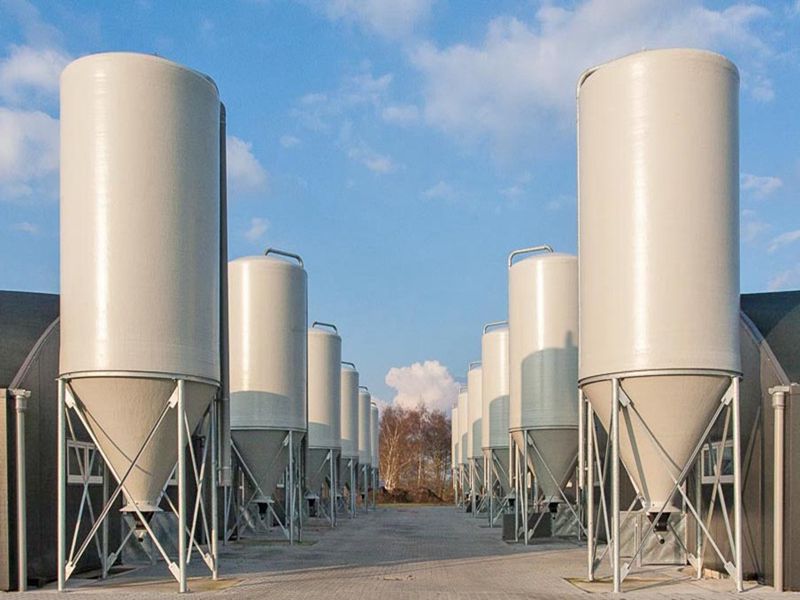drilling into limestone formations for exploration and ...
Drilling into Limestone Formations for Exploration and Resource Extraction
Limestone formations, predominantly composed of calcium carbonate, are ubiquitous across various geological settings. They play a significant role in multiple industries, including construction, agriculture, and energy production. As exploration for natural resources intensifies, understanding the intricacies of drilling into these formations has become pivotal for geologists and engineers alike.
Drilling into limestone can be particularly challenging due to the rock's varying hardness and structural integrity. Limestone is often interbedded with other sedimentary rocks, leading to inconsistencies in subsurface conditions. To successfully explore these formations, it’s essential to employ the correct drilling techniques and technologies.
Techniques and Equipment
Various drilling methods are employed based on the specific geological and environmental conditions. Traditional rotary drilling is one of the most common techniques used for penetrating limestone. This method involves the use of a rotating bit that grinds through the rock, facilitated by drilling mud to cool and lubricate the bit, as well as to carry rock cuttings to the surface.
In recent years, advances in drilling technology have introduced techniques such as horizontal drilling and hydraulic fracturing, often referred to as fracking. These methods allow for more efficient extraction of hydrocarbons and other resources by accessing multiple reservoirs from a single drilling site, thus minimizing surface disruption.
Environmental Considerations
drilling into limestone formations for exploration and ...

While drilling into limestone formations can yield valuable resources, it is not without environmental concerns. The extraction process can potentially lead to groundwater contamination, particularly if the drilling intersects aquifers. Limestone formations often act as natural filters for water, and disturbances caused by drilling can compromise these filtration mechanisms.
To mitigate environmental risks, it is crucial for companies to implement strict monitoring and assessment protocols. Regulatory frameworks must ensure that resource extraction is conducted sustainably, minimizing impact on both the environment and local communities.
Economic Importance
The economic significance of drilling into limestone formations cannot be overstated. These formations are often reservoirs for oil and natural gas, crucial energy resources that power industries and transport systems worldwide. Additionally, the construction industry relies heavily on limestone for cement production, aggregates, and other materials.
As global demand for energy and construction materials continues to grow, the exploration of limestone formations will likely intensify. This brings opportunities for technological advancements in drilling methods, which can enhance efficiency and reduce costs while ensuring safety and environmental protection.
Conclusion
In conclusion, drilling into limestone formations presents both opportunities and challenges. As extraction techniques evolve and regulatory standards become more stringent, the industry must balance the need for resource extraction with environmental stewardship. Continued research and development in drilling technologies will play a crucial role in shaping the future of resource exploration within these geologically significant formations. As we advance, the goal should be to harness the benefits of natural resources while safeguarding the environment for future generations.
Latest news
-
Oblate Tanks: Space-Saving, Durable Liquid Storage SolutionsNewsAug.27,2025
-
High-Performance Piping System Solutions for Industry & Commercial UseNewsAug.26,2025
-
Precision Fittings: Durable & Reliable Industrial & Plumbing SolutionsNewsAug.25,2025
-
Practical Steps: Unlock Success with Our Proven GuidesNewsAug.24,2025
-
Transport Tanks: Safe, Durable & Efficient Liquid HaulingNewsAug.23,2025
-
High-Quality Piping Systems for Efficient Flow & DurabilityNewsAug.22,2025











